
This content is protected against AI scraping.
Hi friends! This is a workshop I’m going to be giving in a couple of places this year, and I thought I’d share it on the blog, too.
I’m not saying this is the best way to plot a novel. I take at least a few weeks, and sometimes much longer, to outline a story and develop my characters.
But if you’re usually a complete pantser (that’s the word for people who don’t plot their stories before they write them—they write “by the seat of their pants”), then this might give you a little more structure without much effort. And if Camp NaNoWriMo or NaNoWriMo (National Novel Writing Month, in November) is coming right up, and you’re panicking because you don’t have an idea, this can help! It can also work for a script or a short story.
For this exercise, you might want to use the timer on your smartphone, if you have one. Or you can just use the clock. Ready? Let’s do it!
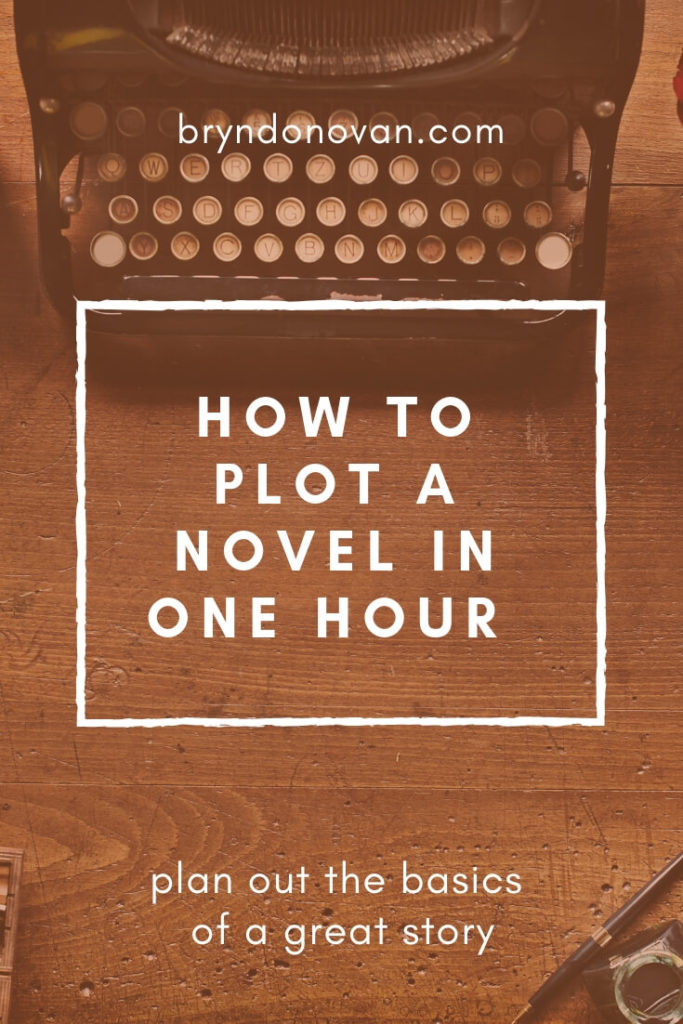
READ THROUGH THIS WHOLE POST – 5 minutes
Well, give or take a few minutes.
DECIDE ON YOUR GENRE – 5 minutes
A lot of people will tell you, “Oh, just write it and figure out the genre later.” But I’ve talked to so many writers who are despairing because their book doesn’t really fit into any genre. They struggle to pitch it to agents or to market it as a self-publisher. That’s why I recommend figuring this out up front.
If you don’t have a story in mind at all, pick the genre you genuinely enjoy reading most.
Here are some of the possibilities for genres: fantasy, science fiction, upmarket fiction (basically, the types of books that a lot of people read in book clubs), women’s fiction (this isn’t “all fiction written by women,” but rather stories in which a woman’s emotional journey is central), romance, young adult, thriller, mystery, historical fiction, Westerns, and literary fiction.
Some of these genres can be combined. For instance, you might be writing a supernatural Western, a young adult fantasy, or a scifi romance.
CREATE YOUR MAIN CHARACTER – 10 minutes
Give them a name. (You can change it later.)
Give them a brief description (e.g. “high school student,” “interstellar pirate”)
Give them one positive attribute and one neutral or negative attribute (e.g. “generous, lazy.”)
CREATE ANOTHER CHARACTER – 10 minutes
This could be your character’s best friend, love interest, or someone they butt heads with. As you do the rest of the plan, you’ll probably figure out how they fit in to the story.
Give them a name.
Give them a brief description (e.g. “YouTube celebrity,” “wizard”)
Give them one positive attribute and one neutral or negative attribute (e.g. “brilliant, hot-tempered.”)
GIVE YOUR MAIN CHARACTER A GOAL – 10 minutes
This should be something they want very, very badly. (If you need some extra inspiration, check out my post on 50 Character Goals.)
It can be a financial or material goal: get a promotion, or scrape up enough money to repair the roof.
It can be a social goal: get invited to an exclusive party, or make friends in a new town or school.
It can be a health goal: run a marathon, or kick cancer’s butt.
Maybe a political goal: overthrow a dictator, or get elected to city council.
Possibly an academic goal: go to college, win the science fair.
A romantic goal is a possibility: have a date on Valentine’s Day for once in their life, or find a wife.
Or a straight-up survival goal: escape a disaster, or run away from an oppressive situation.
Lots of possibilities, right? Pick a goal!
GIVE YOUR MAIN CHARACTER AN OBSTACLE TO THEIR GOAL – 10 minutes
What’s standing in the way of their goal? They don’t have enough money? Enough confidence? There’s an army ready to battle them?
You may have multiple obstacles. For instance, if you’re writing a mystery, it may be that the family members won’t talk to your main character, a key piece of evidence is in someone else’s house, and the only eyewitness to the murder was a cat.
GIVE YOUR MAIN CHARACTER AN ARC – 10 minutes
How is your character going to change, learn, or grow over the course of the story? Maybe they’ll need to do this to meet their goal—or maybe they’ll decide they don’t want to achieve that goal any more, as a result of their character arc! If you need some inspiration here, check out my post that’s a “Character Arc Generator.”
Here are a few examples of character arcs. Not all character arcs are positive!
-She goes from being a real estate agent to being a scam artist.
-He realizes he cares more about living close to his friends and family than he does about his career.
-She develops the skills and confidence to be a formidable warrior.
Now you have a super-rudimentary plan for a novel: a couple of characters, a goal, conflict, and a main character arc. Very nice! That second character of yours may also have an arc, depending on your story, but you can probably work that out over the course of the first draft. Or you can take ten more minutes now to jot down an idea. It’s up to you!
If this was helpful to you, I hope you’ll share! And if you want more help with how to plot, write, and edit a novel, you might enjoy my book Blank Page to Final Draft. As a former executive editor at a publishing house, I wanted to write a step-by-step guide, and it’s geared toward writers who are serious about publishing and a professional career. Check it out!
Do you usually plot out your novels in advance, or just wing it? Either way, how is it working for you? I’d love to hear about it in the comments! Thanks for reading, and happy writing!

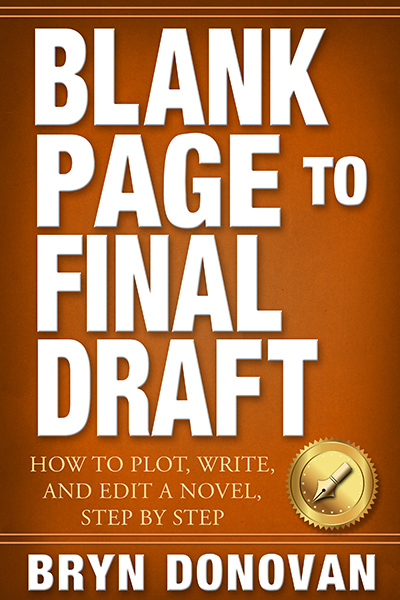
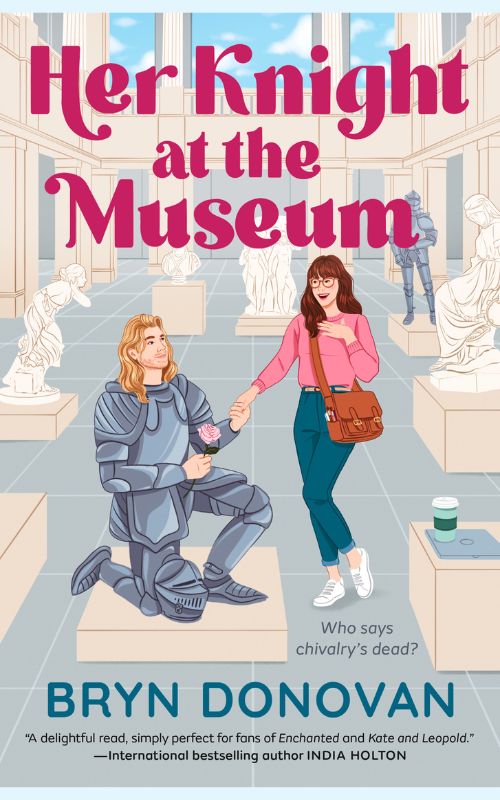
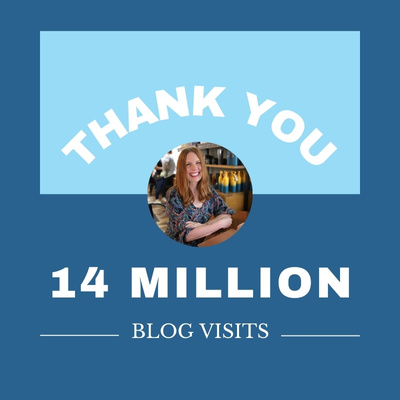
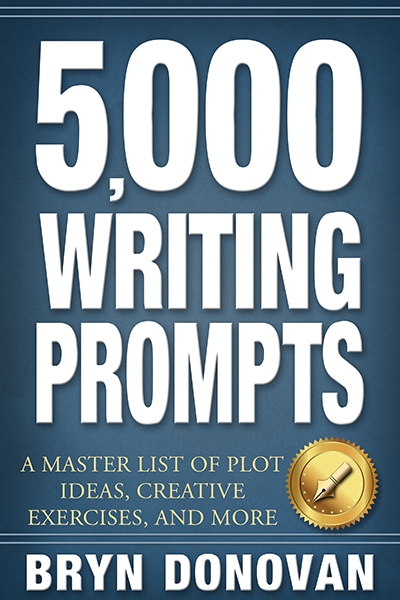
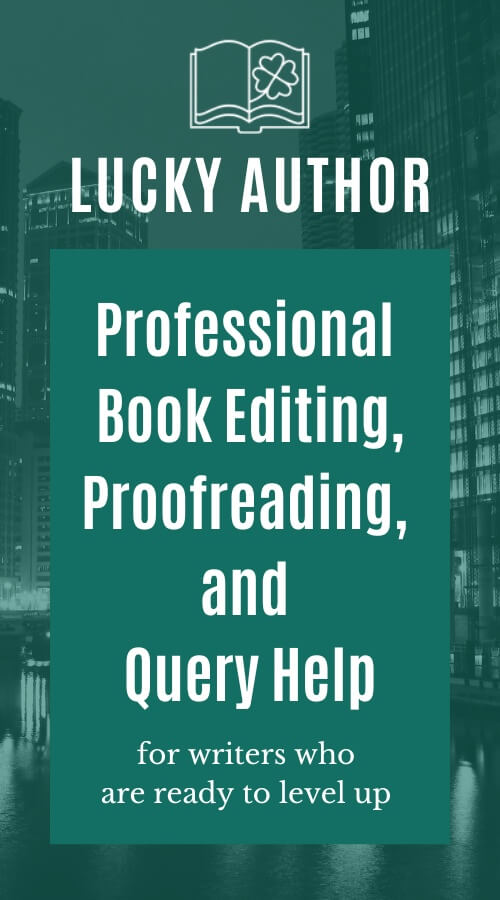
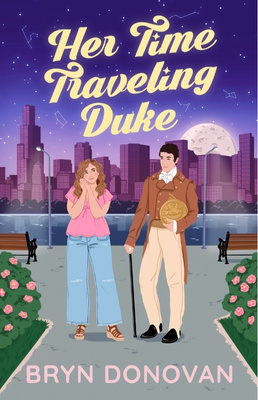
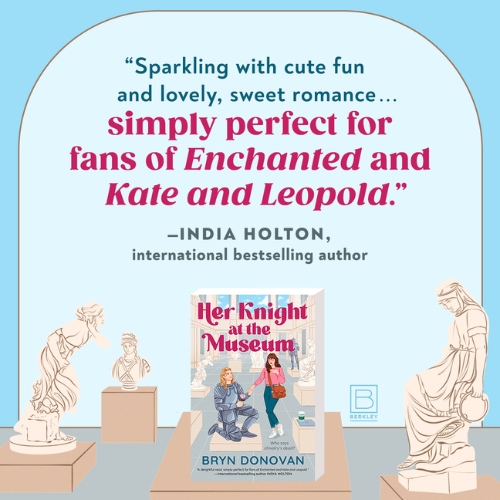
I am a plancer. I plan and then I write then it goes it’s own way and then I have to plan again to make everything fit. It’s a whole thing.
“Plancer”! I never heard of that and I love it! It sounds so graceful, too. 🙂 I always do a little re-planning, myself!
Hi Bryn. I’ve been reading your posts for a while since I’m trying to write a romance myself but I’ve been stuck. I noticed that I actually followed most of your words but I still don’t know how to continue with it. The story goes like this:
There’s this girl (senior in college) named Gledis and she lives in NYC together with her bestfriend Iris. She has applied for a job at a really famous company and is expecting to get in. 5 years in advance she had this romantic affair but the guy (Harry Edwards) suddenly vanished. One day she thought she saw him together with some men leaving a bar. At the company she finds out he’s the CEO’s son but he acts as if he doesn’t remember her (although he does). Then things go upwards with their love and everything. The thing is I don’t know how to make the plot interesting by finding a solid reason on why he left and why he came back so cold and possessive. Also I need twists on the story, I have some in my head but none seems convincing. I really need your help. Please read this comment and give me an idea!!!
Hi Gledis! You’ve got a great start on the plotting. Readers are intrigued by that kind of mystery. When I’m stuck on a plot point, I use the “fast list” method I describe here: https://thewritelife.com/heres-how-to-beat-writers-block/
Yes, you’ll need to brainstorm why he left, why he’s back, and romantic conflicts for both him and her…reasons they might not feel like they can fall in love.
If you can’t think of a reason for him to be cold and possessive, are you positive he has to be?
Good luck!
This is succinct and very helpful. Thank you. I usually wing it because I know where to start but not where it’s going to end. I wouldlike to write out a full plot from beginning to end (I know that many changes will occur along the way) but as yet haven’t done so.
Excellent article: How To Plot A Novel In One Hour. I’ll pass it on to my followers. Author of mystery/suspense novels.
Thanks, G.L.! I’m so glad you enjoyed it, and I really appreciate your sharing it!
Thank you so much for this, Bryn. I’m basically a panster but I do have a basic skeleton when I start a short story or novel.
This is what I needed as a measuring stick for my first novel in a series, as well as the second one I’m working on now. I’m happy to say, the first one meets all the elements you listed.
This second one is told from the POV of a support character from the first novel. I was a little stumped about where to go with her until I read your post. Now I know what to do. Her character arc is coming together in my head.
Thank you, thank you, thank you. I’m saving your post to my writing tool chest.
Although I love how a story unfolds and tells itself through panster magic, I also need a plan to work with. I guess you could call me a panster with a plan.
Bonnie! I’m so glad this was helpful. I’ve become a more meticulous plotter, but for some writers, just having a bare outline is the best way to go, I know. I hope you’re enjoying writing the series!
Well, this was remarkably well-timed! I’m just in the process of starting my first novel. I’ve been doing short stories up until now, and pretty much just pantsed my way through those. I figure that’s not the best approach for novels, though.
Of course, what’ll probably happen is that I’ll plan it out, start writing, and the characters will steer the story in an entirely different direction.
Steve, hi! I wrote short stories before I tried novels, too. It took me *forever* to manage to finish a novel, and I finally figured out that having a plan really helped. So you are WAY ahead of me! And yeah, my stories always change a little as the characters develop, too. I figure it’s part of the fun, right? Thanks for posting!
That is the beauty of writing though.. it’s a whole adventure!
I am a panster with an idea. I write the story unfolds. I don’t always get to the ending before I start dissecting and laying things into a structure. Then I start cutting, tweaking and refining until I am happy. I like your bare-bones outline. I may give it a whirl. Thanks for sharing.
Ah, that’s a really interesting process! You’re figure the structure out in the middle. It’s so interesting to hear how other writers work. Thanks for posting—and for the kind words, too!
I love learning how others work too. You never know when you might find the nugget that changes your world. ?
IS this the workshop you will be giving in Arizona with Cassidy Carter?
Hi Tina! That workshop will actually be a little different, but we will cover structure! I’m so excited about that one!
Wonderful. I was waiting to hear what it is about so I can start spreading the word!! Thank you.
This is a helpful article. My first novel took two years to complete. I thought I had it plotted out, but then I came across so many holes that it seemed like I was basically pantsing anyway. This time around I’m really trying to get in nailed down before I write a word. But, uh, I’m into my third month of plotting here. And this is a series, so I already had the protagonist and bunch of supporting characters all developed and ready to go. I want to use the excuse that it’s in the mystery genre and mysteries can be complicated, but sometimes it’s just hard to focus. Now, my goal is to figure it out by mid-March. We’ll see how it goes…
Hi Ryan! Thanks for the kind words. Plotting can be tough, for sure! And mysteries ARE more complicated, so I don’t think that’s just an excuse. Good luck on your story!
Seat of my pants works best for me. That’s not to say I don’t plan. I took a class on book writing, but found that left brain planning they required left me with cardboard characters, shallow motivations, and bland settings. Knowing ABOUT a character doesn’t mean I KNOW the character. That said, I find this post intriguing. I’m looking forward to playing with the ideas you presented and seeing what happens. I especially liked the genre ideas. There are more than I thought there were. Thanks!
Hi Jessie! I know that different approaches work for different people. I wasn’t able to finish a novel until I plotted ahead, but many authors have no trouble pantsing a whole novel! Thanks for the kind words, and thanks for posting. 🙂
Thanks Bryn. I decided to use your system to plot the fourth book in my Dragon Taught series. I certainly can use a little more structure in winding up the series. I know my characters well at this point so the first part was easy. I see how my main character changes in each of the first three books, but perhaps I need more information on Character Arcs. Can you recommend a good source? I just bought your Master Lists book last night. Is there info there about it? I love your blog – very encouraging. I appreciate your insight.
Thank you for this post, Bryn!!!! I think I’m a backwards writer, and not a planner for the most part. Usually the title comes to me first, then the setting, then the idea, then the characters and finally the arc. Which is probably not the best way to lay out a manuscript, but you have to do what works. I look forward to switching it up and doing it this way!!
Thanks for the helpful notes here Bryn. I will try this. I have been working on a collection of short stories lately…I will try it first that way which I think should work as well as with a novel.
Whether you are a Plotter, pantser, “plantser- like that” or “panther” as my autocorrect insists, we all need the elements you have outlined in our book. Thanks for giving me the “magic key” to a good story!
I never heard “plantser” and I love it! (“Panther,” hahaha.) Thanks for the kind words, Jena!
I’m a planster, too. I used to be a pantser, but I always wrote myself (my characters) into a corner. Now I at least have some kind of outline, but yeh, something happens in the plot and I have to go back and rework things. I’m even having to place-mark with notes for changes to the next draft.
btw, Young Adult is an age group, not a genre. Just saying.
Great post, thanks for sharing! I am yet another pantser on here that should be at least a plantser. I don’t think I ever want to plot it all out first unless the story comes to me that way and I’m compelled. But just free wheeling it from start to finish just isn’t going to work.
I have to admit I don’t agree with your advice to pick a genre. I mean if you know then go for it but if you don’t I don’t think you should get stuck on this step. I started my novel thinking it was going to be some kind of literary fiction even though that’s not my favorite genre I just wanted to follow where the story led me. Low and behold I’d say now it’s a paranormal fantasy and I’m thrilled. Had I forced myself to figure the genre from the start I think it would have stressed me out and been just that, forced.
Other than that this is a lovely quick, easy to use exercise and I’m glad you shared. I tend to forget the simple things, like what are your MC’s goals/motivations and what are the obstacles to those goals. I sit thinking oh man what happens, ugh what happens, but putting it in plain terms like this is helpful and more productive for me. 😀 Cheers!
I’m a pantser for sure! Yet I confess, I usually have a vague idea of the beginning, middle, and the end. My characters and being unpredictable with plot navigates the story. I’m like. . .wait, what? Ok, fine. I’ll do it your way and see if that works. It usually does and I’m happily surprised.
I’m usually a panster also but lately I have told myself that I would “try” to plot or outline a book. This is quick and that’s what I like about it.
Thanks for the tips!
This blog is great, I like having exercises and prompts that are free. But, I went ahead and bought the Kindle book! For $.99, you can’t really go wrong. I have 4 cozy mystery novellas on Kindle but I really need to work on my outlines and fleshing out my stories. Can’t wait to get started. Thanks for all your informative blogs.
Hi, Tina, sorry for the very late reply! I hope you’re enjoying the book!
Thanks for that post. I am in the process of planning my second novel and adding the second character at this point is a great idea.
Thank you for making this so easy to understand. God bless you
Thank you so much for this! This is very helpful.
Well I don’t usually plan my stories before writing. I just capture the idea of what I want to write about and it works well for me
Hello Bryn, thank you for this post I have been writing short stories/novelettes/flash fiction and poetry over many years, my spare time hobby. Now at 77 I hope to turn it in to a bit of pocket money or at least be able to read it to the old ladies at the local home.
Now I will know what I am aiming at.
I start with inspiration quite often a single thing I have seen like a lady at a bus stop, or someone on a tube train and combine it with some fanciful and silly notions in my head silly thing in my head, a news item and I build a story from my rather wild imagination. sometimes I just write the title and there it stays for a year or so and then boom, the idea arrives and I start writing. It might take months to finish if I am busy. I also do pastel painting the same way. I seldom get writers block more like writers diahorrea. thanks for the tips, most appreciated.
I use places I have been and adventures I have had, my passed on families approximate addresses and villages, and quirks, people I have met and situations, to help me along the way.
Is that the right way to do it.
My most favourite book ever is “Full hearts and Empty Bellies” by Winifred Foley, about growing up in the Forest of Dean
thank you Vivienne